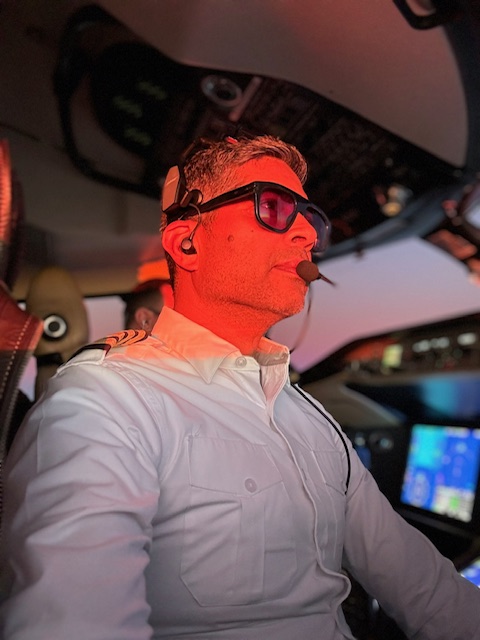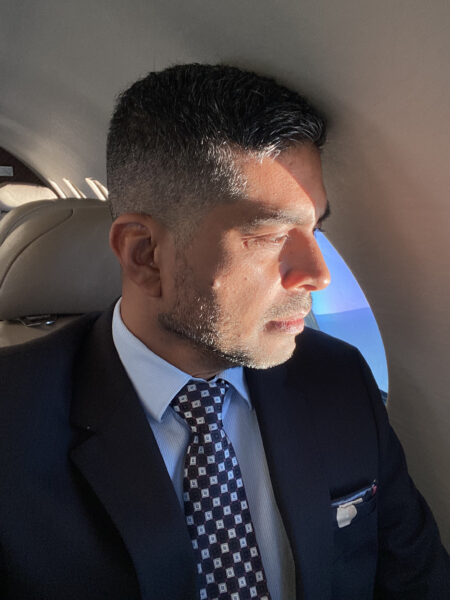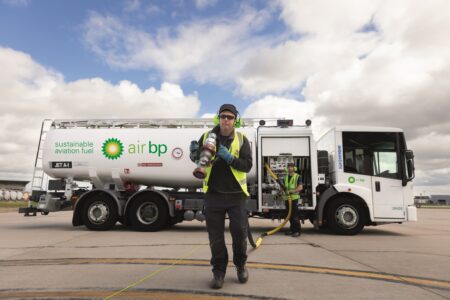Kevin Singh, Icarus Jet founder and CEO discusses the role of private aviation in air medical services.
Private flying is renowned for its adaptability and quick response to any requirement at short notice. However, private planes are not always a luxury and an advantage. They also serve a vital role in offering essential services under comparatively adverse circumstances, situations, and geographical conditions. One service that might not be as popular is medevac flights.
A medevac flight, or medical evacuation flight, is an ambulance flight that airlifts seriously ill or injured patients to a medical center or hospital. It is usually used when the patient cannot be transported safely by ground or would pose a risk to the patient’s health, typically over a long distance. They may also be in a rural or outlying area, with air ambulances transporting desperately needed emergency services aboard an airplane specially designed for medical attention.
Private air travel is not simply a luxury – sometimes, it is a lifeline.
A dignified journey for hospice patients
The dying process is a story about all of us, and for most families, dignity and comfort for loved ones are paramount. Recently, we were privileged to arrange a private flight for a family whose father was in hospice. They wanted to bring him home and have him spend his last few days with the people he loved in the environment he was familiar with. This was not just any flight but an exercise of uncommon humanity to preserve a man’s dignity.
Air ambulances can provide help for this type of situation. Commercial flights just can’t be outfitted with specialized medical equipment and personnel to offer comfort, dignity, and respect to the patient. The individualized service eliminates the indignity and stress of commercial flying so families can focus on what matters most: being near their loved ones.
Logistics behind a medevac flight
Air ambulance flights are usually operated by fixed-wing aircraft specially configured to deliver medical treatment to patients during flight. Helicopters may also be included in the medevac fleet, particularly where an area is not accessible, and a private plane cannot go, but their range and cabin space are limiting factors that one should consider.
They are staffed by specially trained medical professionals, such as paramedics, flight nurses, and doctors, and most significantly, possess the ability to enter terrain that is inaccessible by land and can do so at a significant time advantage – a commodity that is priceless in a time of emergency. Specialist companies provide emergency response air evacuation planning, i.e., custom-designed rescue plans that can be activated after natural disasters or serious accidents. Trained staff offer professional guidance and flight assistance services 24/7 as required.
The second important feature of air medical services is their global coverage. Accidents happen everywhere, and medevac providers organize repatriation flights worldwide with the assistance of internationally recognized insurance companies.
The equipment and treatment on a medevac flight will depend on the patient’s condition and flight time, but some of the most typical equipment includes respirators and ventilators, cardiac monitors, defibrillators, pain medication, intravenous fluids, and even an ECMO machine – a heart and lung life support system for patients whose lungs and hearts cannot function normally.
Reaching the unreachable
Regular infrastructure fails during natural calamities like hurricanes, earthquakes, or forest fires. Airports can be closed, and roads are rendered impassable. But the strength of private aviation to avoid bad weather is a blessing in disguise. Turboprops can land on shorter, unpaved runways and bring much-needed supplies, human resources, and relief to stranded locations.
The industry is also involved in disaster relief flights, typically with governments and relief agencies. These flights demonstrate the sector’s capacity to mobilize capability and resources in the public good beyond its normal function as business aviation.
A change in perception
Look past the wealth and luxury stereotypes the next time you see a private plane. Consider the patients saved, the families brought together in times of distress, or the communities rebuilt when disaster struck close to home. Private aviation is a force for good in the world, and it is time we thanked and rewarded its contribution to making the world a better place.





